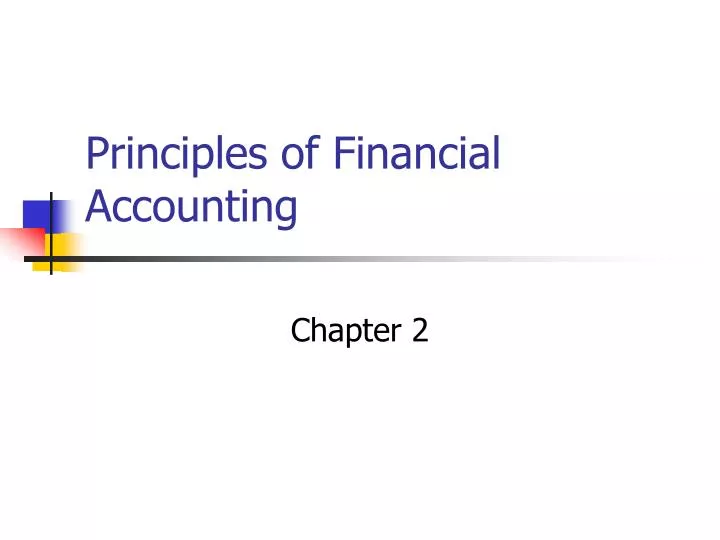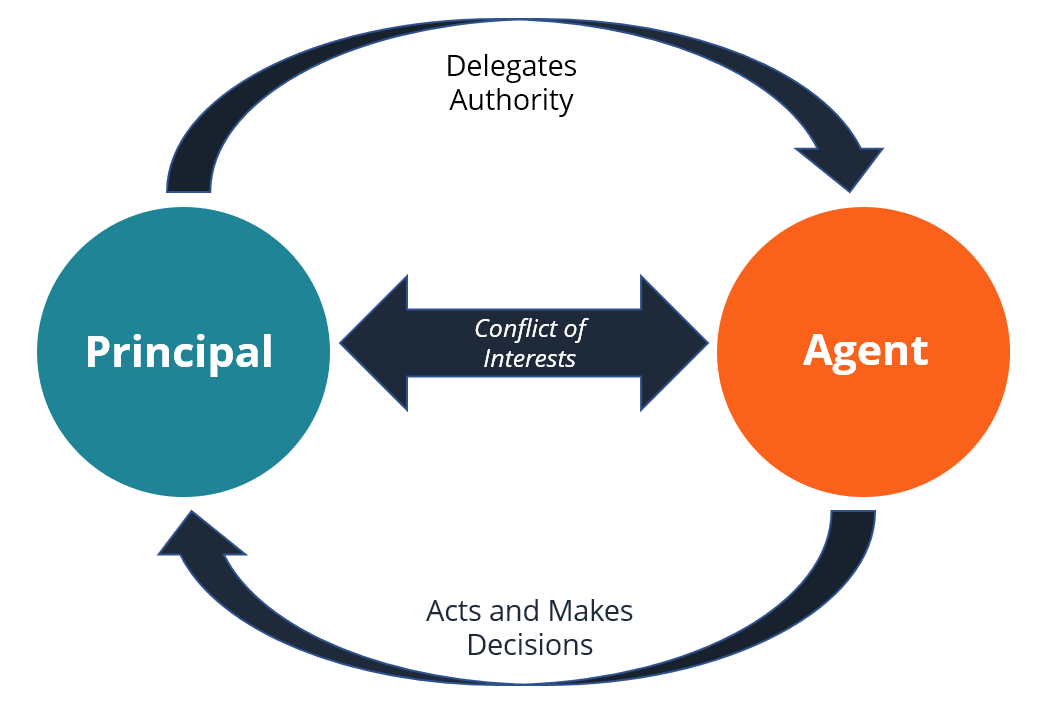

One of the best steps you can take is to educate yourself on the financial services out there. With around 300 million people in debt across the USA, you are not alone. Financial issues can cause anxiety and feelings of isolation and helplessness. Taking out and managing loans can be challenging at times.

Whether you have just moved to the States to start education, a new career, or to build a better life, your requirements will be costly. Living isn’t cheap, and there are infinite demands for money through every path of life. Here’s how the payments would break down on a yearly basis:Īt the end of the fifth year, you’ll have paid off the $12,000 principal and paid $2,946.02 in interest.Everyone, at some point in their lives, is likely to take out a loan for one reason or another. Your last payment will only have $1.85 in interest, with the rest going toward principal. Your 30th payment - when you are about halfway through your loan term - will consist of $197.60 in principal and $51.50 in interest. In your first payment, $159.10 will go toward principal and $90 toward interest. According to the amortization schedule, your monthly payment will be $249.10 each month. A borrower from Nevada on our site mentioned relief upon getting “the best interest rate” from a lender: “It is refreshing to see the principal on the loan actually making a difference in our balance - unlike our previous lender, where the principal only dropped $16,000 in seven years.”Īs an example of how loan payoff works, say you take out a $12,000 personal loan with a 9% fixed interest rate over five years. No matter the type of loan, you’ll want to compare offers from multiple lenders to find a good interest rate.

Compare lenders not just on interest rates but also annual percentage rates (APR), As your principal balance decreases, so does the amount of interest you pay. When you make a loan payment, part of each payment is going toward principal, and part is going toward interest. While principal is the initial amount you borrow from a lender, interest is the cost of borrowing, reflected as a percentage of the total loan amount per year. It also lowers the amount of interest you’ll owe over the life of the loan, which reduces the overall borrowing cost. Making a higher down payment when buying a car or house lowers your principal. The principal amount also varies based on your down payment (if your loan requires one). If you are borrowing $300,000, you may have the option to roll the $3,000 fee into the principal amount, increasing it to $303,000. For example, on a mortgage, a lender might charge an origination fee of 1% of the principal. The principal on a loan may end up being higher than the original amount you request if your lender lets you roll fees into the principal. When you ask for a specific loan amount, you are asking for an amount of principal. Loan principal is the total amount you borrow from a lender.

Better understanding how these two are connected - and also different - could help you save some money in the long run. The principal on a loan is the amount of money you borrow from the lender, while interest is essentially the cost of borrowing these funds.


 0 kommentar(er)
0 kommentar(er)
